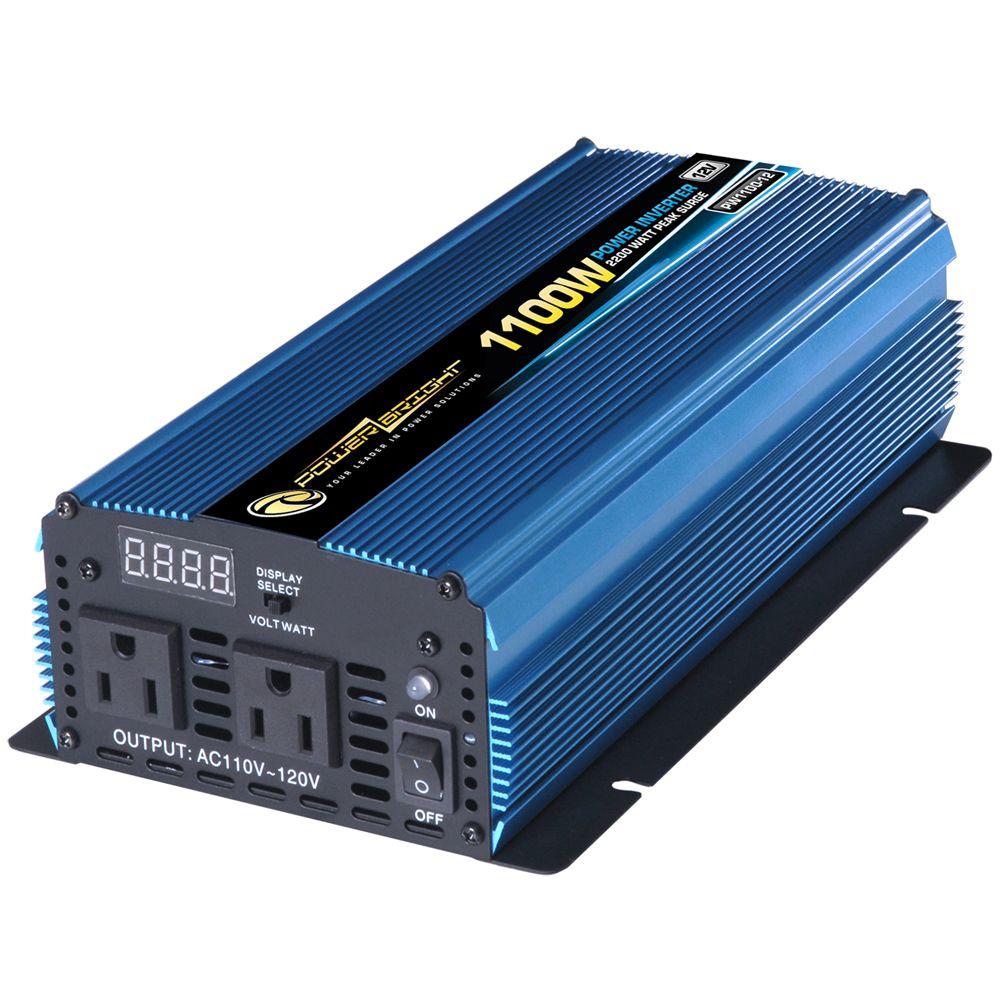When it comes to powering your devices in a mobile or off-grid setting, a reliable inverter is a game-changer. Inverters convert direct current (DC) from sources like batteries to alternating current (AC), which is what most household appliances use. Among the myriad of options available, 2000-watt inverters have become a popular choice for both casual users and serious off-grid enthusiasts. However, one crucial aspect that often bewilders newcomers is the appropriate wire size for such an inverter. Understanding why wire size matters and how to select the right gauge can seem perplexing but is vital for safety and efficiency.
The significance of choosing the correct wire gauge cannot be overstated. In essence, the wire acts as a conduit for electrical current; if it’s too small for the inverter’s output, it can overheat, leading to potential failure or even fire hazards. But why does this phenomenon occur? It boils down to ohmic resistance, which refers to the opposition that the wire presents to the flow of current. The thinner the wire, the higher the resistance, resulting in inefficiencies and dangerous heat buildup.
To ensure optimal performance for a 2000-watt inverter, one should consider several factors, including the distance from the inverter to the battery, the maximum load, and, of course, the wire gauge. Generally, copper wire is preferred due to its excellent conductivity, although aluminum is also utilized in specific applications. For a 2000-watt inverter, the most commonly recommended wire sizes range from 4 AWG to 2 AWG. However, let’s delve deeper into what those numbers truly mean and how to decide the appropriate size for your particular situation.
To make an informed choice about wire size, it is essential to comprehend the relationship between wattage, amperage, and distance. A 2000-watt inverter running at a nominal 12 volts will draw approximately 166.67 amps (calculated using the formula Amps = Watts/Volts). Now, if that inverter is positioned far from the battery—say, 20 feet—then wire size becomes even more critical. The longer the distance, the greater the voltage drop, which can impede performance. Hence, a larger wire gauge may be necessary not just to accommodate the amperage but also to minimize the voltage drop.
The American Wire Gauge (AWG) system is a standard method in the U.S. for denoting wire size. Lower numbers indicate thicker wires; for instance, 2 AWG wire is thicker than 4 AWG wire. A rule of thumb is to use thicker wires for longer distances to combat resistance. A distance of 10 to 20 feet might still allow for 4 AWG, but beyond that, or for high-performance setups requiring minimal losses, 2 AWG is advisable. Remember, the cost difference is often offset by the increased safety and efficiency they provide.
Safety also cannot be ignored. Using improperly sized wires for a 2000-watt inverter can lead to not just performance issues, but real hazards. Overheated wires can melt insulation, leading to short circuits or fires. Incorporating circuit breakers or fuses into your setup is a wise precaution. These devices can cut off power when they detect an overload, offering another layer of safety.
Beyond the wiring, you should also consider the connectors and terminals you use. These components can influence the integrity of the connection, impacting both safety and performance. Opt for connectors that match the gauge of your wire and ensure they are rated for the amperage you’ll be handling.
It’s intriguing to note that many people underestimate the impact of good wiring in their systems. While it may seem trivial compared to selecting high-end inverters or appliances, the quality and size of the wiring can actually make or break the entire setup. Often, complaints about performance issues can be traced back to insufficient wire size or poor connections, leading many to inquire deeper into the nuances of electrical setups.
As you embark on the journey of setting up your 2000-watt inverter, amalgamating knowledge on wire gauge with practical considerations will not only enhance your understanding but also amplify your overall experience. It transforms a simple electrical connection into an efficient, reliable lifeblood that powers your essential devices.
In conclusion, selecting the right size wire for your 2000-watt inverter may appear to be a straightforward task, yet it involves an intricate understanding of electrical principles, material properties, and real-world applications. By recognizing the significance of wire gauge, considering the distance, and ensuring safety measures are in place, you’re not just preventing potential problems—you are paving the way for an energizing experience. So next time you flip the switch, take a moment to appreciate the wires delivering that power, knowing you’ve made the smart choice for your setup.
